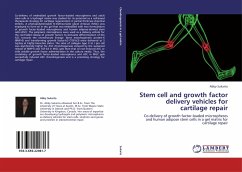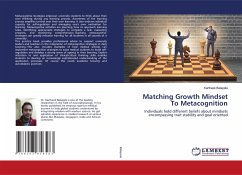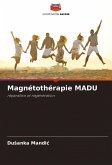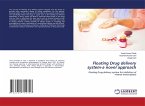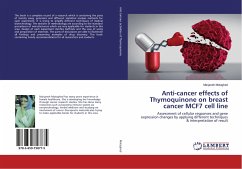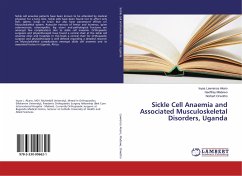Co-delivery of embedded growth factor-loaded microspheres and adult stem cells in a hydrogel matrix was studied for its potential as a cell-based therapeutic strategy for cartilage regeneration in partial thickness chondral defects. A photopolymerizable N-methacrylate glycol chitosan (MGC) was employed to form an in situ gel that was embedded with two formulations of growth factor-loaded microspheres and human adipose-derived stem cells (ASC). The polymeric microspheres were used as a delivery vehicle for the controlled release of growth factors to stimulate differentiation of the ASC towards the chondrocyte lineage. Bone morphogenetic protein-6 (BMP-6) and transforming growth factor-b3 (TGF-b3) were delivered at 5 ng/day at highly bioactive states. The ratio of collagen type II to I per cell was significantly higher for ASC chondrogenesis induced by the sustained release of BMP-6 and TGF-b3 in MGC gels than that of non-induced ASC or with soluble growth factor administration in the culture media. Thus, the co-delivery of growth factor-loaded microspheres and ASC in MGC gels successfully induced ASC chondrogenesis and is a promising strategy for cartilage repair.
Bitte wählen Sie Ihr Anliegen aus.
Rechnungen
Retourenschein anfordern
Bestellstatus
Storno

